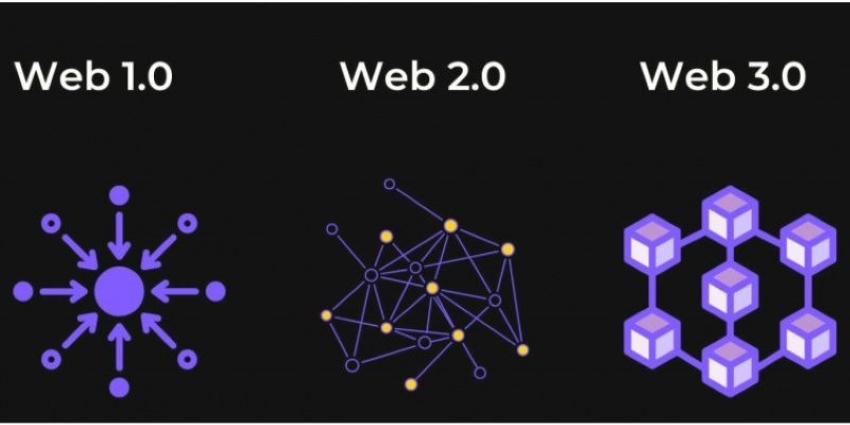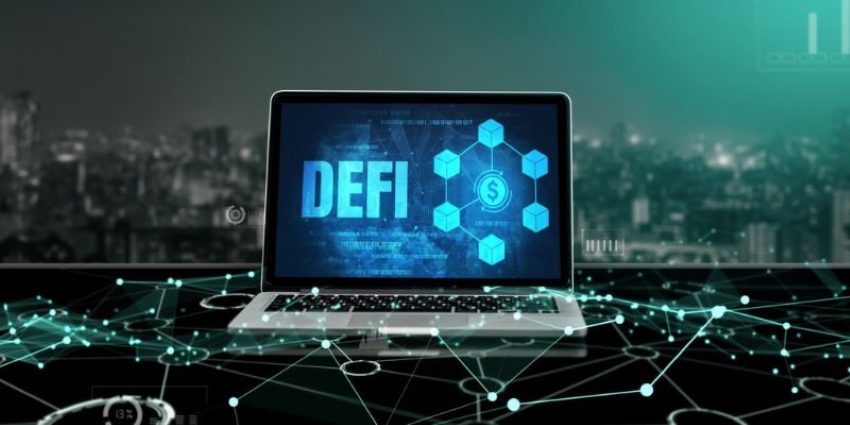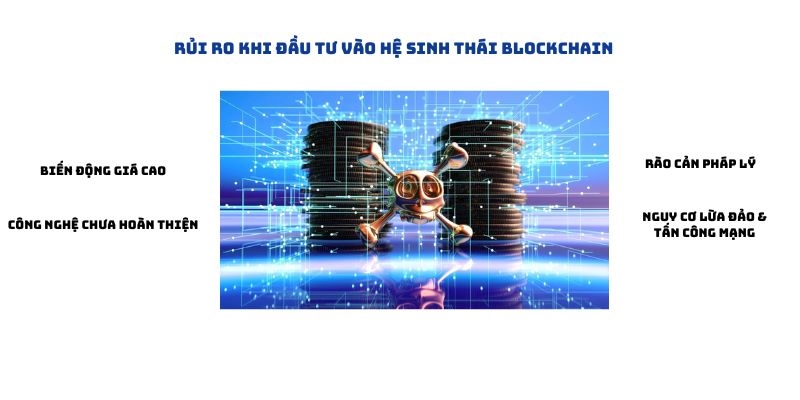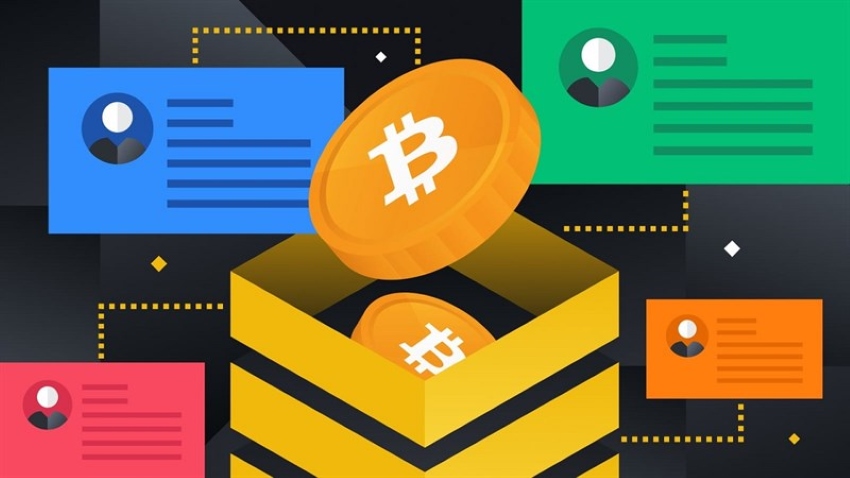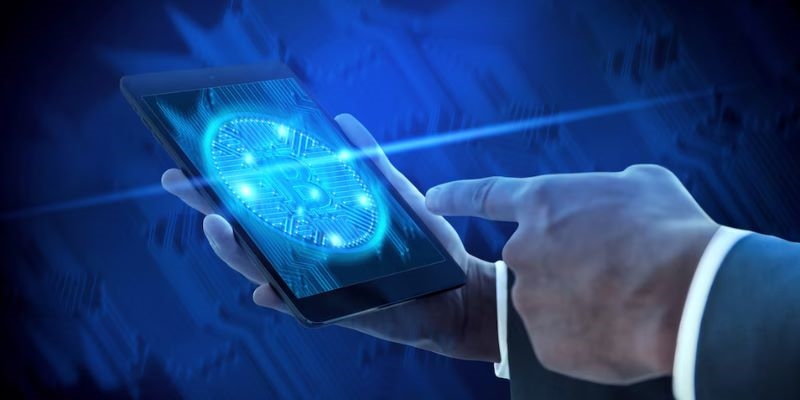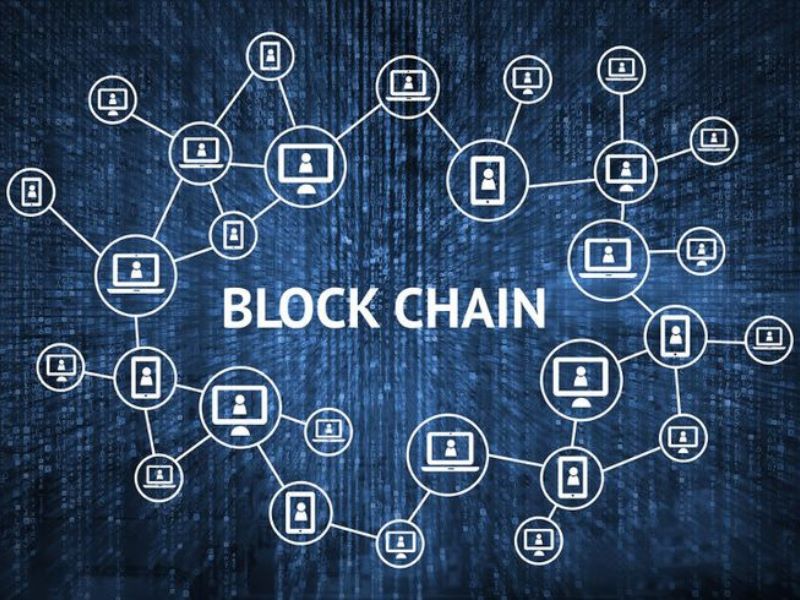Web 3.0 is the next step of the internet, applying blockchain, artificial intelligence and decentralization. Learn more about Web 3.0 technology today!
Over the past two decades, the internet has gone through many stages of development, from Web 1.0 to Web 2.0, and now to Web 3.0. This technology promises to bring a decentralized, secure, and transparent environment, applying blockchain and artificial intelligence to transform the way we interact online. But what is Web 3.0 and how can it change the digital world? Let’s find out!
Evolution of the internet: from web 1.0 2.0 3.0
The internet has undergone a fascinating journey of development, from its early rudimentary days to the modern decentralized era. We can divide this process into three main stages: Web 1.0, Web 2.0, and Web 3.0.
Web 1.0 – The Age of Reading Content
Web 1.0 was the first phase of the Internet, where users primarily acted as readers. Content on websites was often static, had little interaction, and lacked personalization. This was a period when information was transmitted in a one-way fashion, from providers to users.
Web 2.0 – The Age of Interaction and Social Networking
Web 2.0 marked a significant leap forward, as users could not only read but also create and share content. The emergence of social media platforms like Facebook and YouTube created a vibrant interactive space. User experience became more personalized, and the Internet transformed into a place for connecting, sharing, and creating.
Web 3.0 – The Era of Decentralization and Security
Web 3.0 is the current and future phase of the Internet, focusing on decentralization, security, and privacy. Blockchain technology plays a crucial role in ensuring data transparency and security. Users have control over their personal data, and smart contracts enable transactions to be executed automatically and securely.
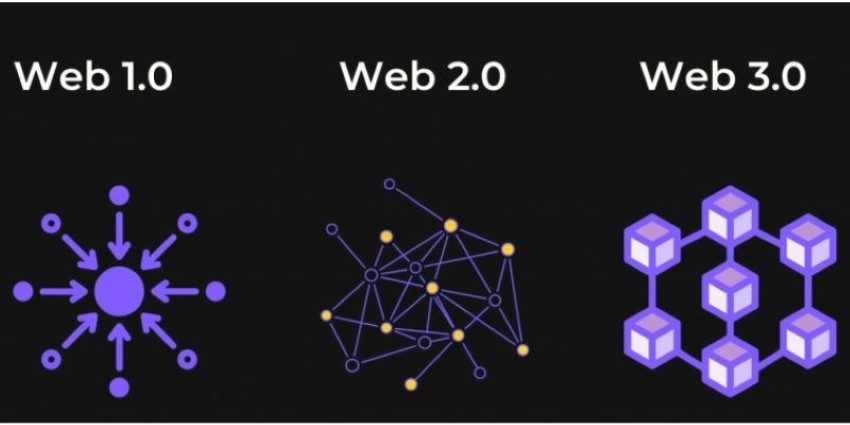
Stages of web 3
Blockchain – The Foundation of Web 3.0
Web 3.0 is not just a step forward in terms of user interface, but also a revolution in underlying technology. The three main technological elements that are shaping Web 3.0 include: Blockchain, Artificial Intelligence (AI) and Big Data, along with the integration of AR/VR Technology.
Blockchain – The Foundation of Decentralization and Security
Blockchain serves as the backbone of web 3.0 blockchain, providing unprecedented decentralization, security, and transparency. With its decentralized structure, Blockchain removes the control of central organizations, giving control of data to users. High security is ensured through encrypting and recording data on a distributed network, making it extremely difficult to change or tamper with data.
Smart contracts automate transactions, minimizing human intervention and eliminating intermediaries, thereby reducing transaction costs. The transparency of Web 3.0 blockchain helps prevent fraud and increase trust in online transactions.
Web 3.0 is not just a step forward in terms of user interface, but also a revolution in underlying technology. The three main technological elements that are shaping Web 3.0 include: Blockchain, Artificial Intelligence (AI) and Big Data, along with the integration of AR/VR Technology.
Artificial Intelligence (AI) and Big Data – Personalization and Automation
Artificial Intelligence (AI) and big data are powerful tools that enable Web 3.0 to deliver deeply personalized experiences for users. AI analyzes big data to better understand user preferences and behaviors, thereby providing relevant content and services. AI also plays a crucial role in improving search performance and data analysis, helping users find information more quickly and accurately. Furthermore, AI supports identity verification and prevents online fraud, enhancing user security. Automating transaction processes is another important application of AI, optimizing efficiency and minimizing errors.
Integrating Ar/Vr Technology – Entering the Metaverse
Augmented Reality (AR) and Virtual Reality (VR) open the door to the metaverse, an intelligent interactive virtual space where users can experience online activities in a more vivid and authentic way. The combination of AR/VR and Blockchain helps protect digital assets within the metaverse, ensuring the ownership and value of these assets. AR/VR also brings tremendous benefits to remote education and virtual e-commerce, creating more interactive and engaging learning and shopping experiences. Real-time interactive online events, such as virtual concerts or online conferences, also become more vibrant and engaging thanks to AR/VR technology.
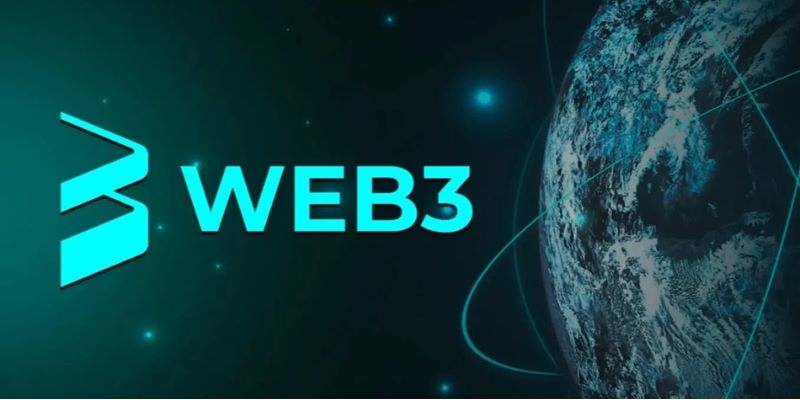
Web 3.0 integrates many technologies
Applications of web 3.0 in life
Web 3.0 is opening up huge potential applications in many areas of life, from finance to social networking, e-commerce and data management.
Decentralized Finance (defi) – Democratizing Finance
Decentralized Finance (DeFi) is one of the most prominent applications of Web 3.0. DeFi allows financial transactions to be performed without the need for intermediaries such as banks, thereby reducing costs and increasing transaction speed. The transparency and high security of blockchain technology ensure the safety of transactions and assets. DeFi also opens up access to financial services for people previously excluded from the traditional financial system. Innovative financial products such as staking and lending are provided safely and efficiently.
Decentralized Social Network – Empowering Users
Decentralized social networks are another important application of Web 3.0. In these social networks, users have full control over their personal data, instead of being collected and exploited by large companies. Content is shared without being censored or manipulated by algorithms, creating a freer and fairer environment. Users’ privacy is enhanced, making them feel safer when engaging in online activities.
E-commerce and nft – revolutionizing transactions
Web 3.0 and NFT (Non-Fungible Token) technology are revolutionizing e-commerce. NFTs help protect ownership of digital assets, from artwork to in-game items. The removal of middlemen increases profits for creators and reduces costs for buyers. Blockchain transparency helps prevent counterfeiting and ensures the authenticity of transactions. New business models such as Play-to-Earn games are supported and developed strongly.
Data management and privacy – protecting personal information
Web 3.0 empowers users to manage their personal data. Instead of large companies mining their data, users have control over their personal information and decide how it is used. This helps limit the misuse of personal data and reduces the risk of data leaks and cyber attacks. Privacy is a priority, creating a safer and more trustworthy online environment.
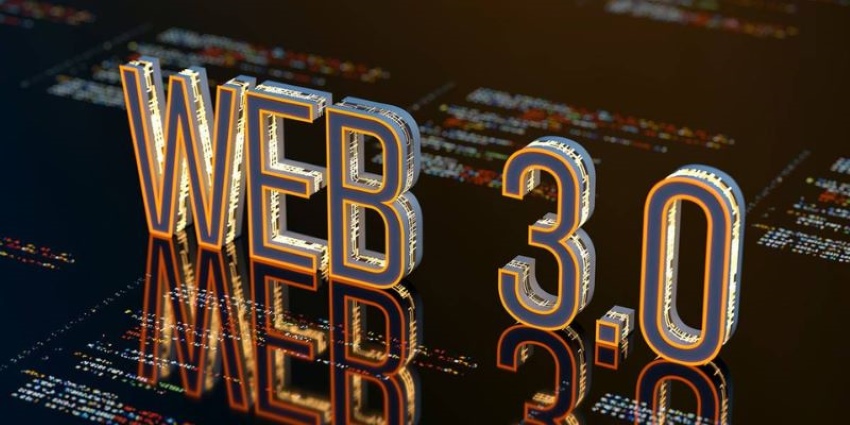
Web 3.0 opens up huge potential applications in many areas of life.
The challenge of web 3.0
Slow transaction speed compared to Web 2.0
Not widely available, it takes time for users to adapt
Legal issues, the government needs a clear management framework
High tech knowledge required to access and use
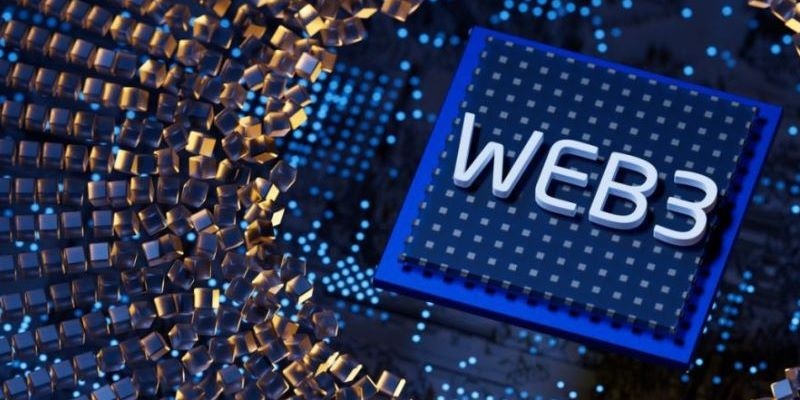
Web 3.0 still faces many big challenges
Web 3.0 is not just a technology trend but a revolution that will change the internet. With blockchain, artificial intelligence and decentralized technology, Web 3.0 promises to bring a safer, more transparent and more efficient experience. From decentralized finance, e-commerce, to social networking and privacy, Web 3.0 is gradually changing the way people connect and transact on the internet.
Are you ready to explore the future of the internet? Explore Web 3.0 applications with ONUS today!

